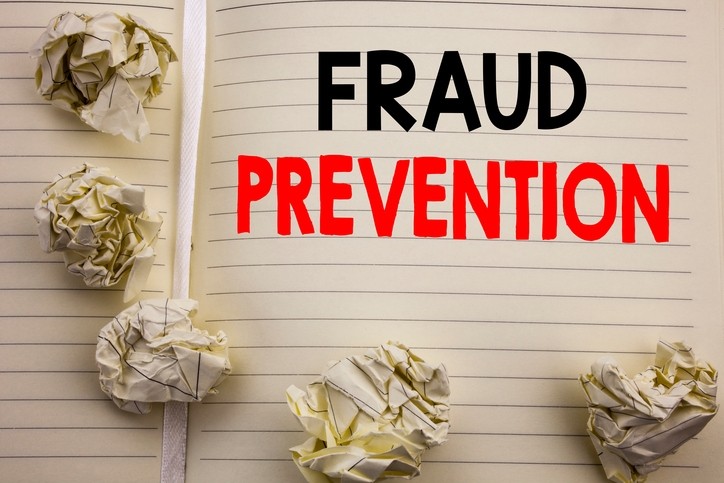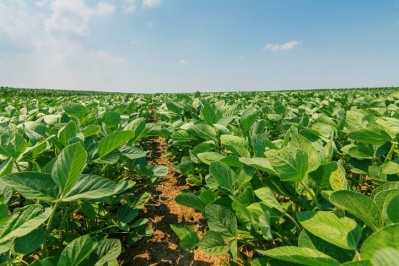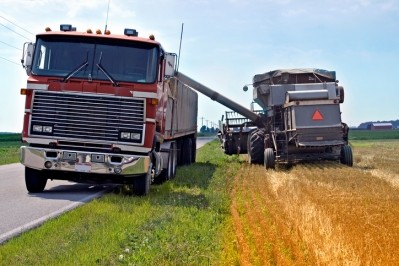US organic industry takes steps to crack down on fraud

The pilot program was established by the Organic Trade Association’s (OTA) Global Organic Supply Chain Integrity Task Force (GOSCI). It is part of a collaboration among the Organic Trade Association (OTA), US Department of Agriculture’s (USDA) National Organic Program, the Accredited Certifiers Association and NSF International.
The challenge of addressing fraud in the organic industry is a multi-legged stool that involves work by the USDA, Congress and the private sector, said Laura Batcha, CEO and executive director of the Organic Trade Association.
“The integrity of the [organic] seal is the foundation the entire market sits on and the risk of fraud causing the consumer not trust it is too great for the whole marketplace."
“We’re supporting both [Congressional action and the USDA’s efforts] but there’s an acknowledgment that there is a role for the private sector to make sure that the oversight system that private companies are engaged in on their own reflects these new challenges that the industry faces,” she told FeedNavigator.
The organic label is a federal program, which means there is the power to investigate claims about improper actions and levy fines or decertify industry members, but that process can be lengthy, she said. “The private sector can move faster than the government in many cases and can exert pressure that will make the marketplace unattractive to people looking to commit fraud,” she added.
However, the project was not just designed to address issues raised previously, like the importing of fraudulently labeled feed grains, she said. Instead, it was designed to reach members of the organic industry across the entire supply chain.
“The task force was aware of the idea [about] the imported livestock feed issue and that needs to be specifically addressed in its best practices, but it can’t be just focused on that type of supply chain,” said Batcha. “It has to be robust and anticipate the next issue a few years from now so you’re not just preventing in the known area today but able to pick up earlier what might be a future emerging risk.”
Task force efforts and industry best practices
The task force started its efforts by establishing a set of best practices for members of the private sector to follow as a way to prevent fraud in the organic industry, said Batcha. The set of best practices was based on work done on food fraud prevention at Michigan State University.
“We’re taking them and applying them to the organic certification requirements,” she said of the best practices outlined. “It takes the organic systems plan and marries it to the best practices and develops a specific risk assessment.”
Going forward, organic producers or entities would then have the fraud risk assessment and response as part of their organic certification plan, she said. “Every supply chain will have its own risk – it might be a commodity for which you do not have a permanent long-term partner on the supply or for which you’re in a position that you have to buy from multiple sources,” she added.
Other potential risks would be from where a product is imported, or how to address an ingredient that has a higher frequency of being rejected for use in an organic system because of an element like pesticide residue, she said.
“Another piece is recommendations and requirements – what do you do if you suspect fraud or you reject a shipment?” said Batcha. “It’s not enough to not purchase it, you need to let someone know – the USDA or your certifier – you don’t want that to move out into the rest of the supply chain unless it’s verified.”
A part of the best practices establishes communication standards that can be used if there is a question or concern, she said.
Additionally, by setting some product or reviewing standards, it protects the buyer, she said. “You provide that to the people who supply you and it allows companies to put in place purchasing requirements so the seller needs to meet those requirements – you can build it into your requirements and it protects businesses to be able to make the right choice,” she added.
Pilot program details
A trial run of the risk identification and mitigation program is slated to start in June and continue through September, the OTA said. Eleven members of the GOSCI task force are set to take part and cover the entire organic supply chain including farmers, retailers, feed grains, importers and consulting services.
The intention is for participants to focus on a product, ingredient or specific location, the organization said. Results will then be shared with the task force in an effort to improve the overall process.
To take part in the pilot, companies attend a training program, complete a risk assessment for a product and establish both where risk to the product exists and what can be done to mitigate that risk, said Batcha.
“The idea is that this won’t be a final white paper, but a program that companies enroll in,” she said. “They complete their own risk assessment – they have a third party look at the plan – it’s integrated into the organic systems plan and shared with the [company’s auditor]. The endgame is to have industry-wide engagement – we just need to test drive the system to make any final revisions.”












